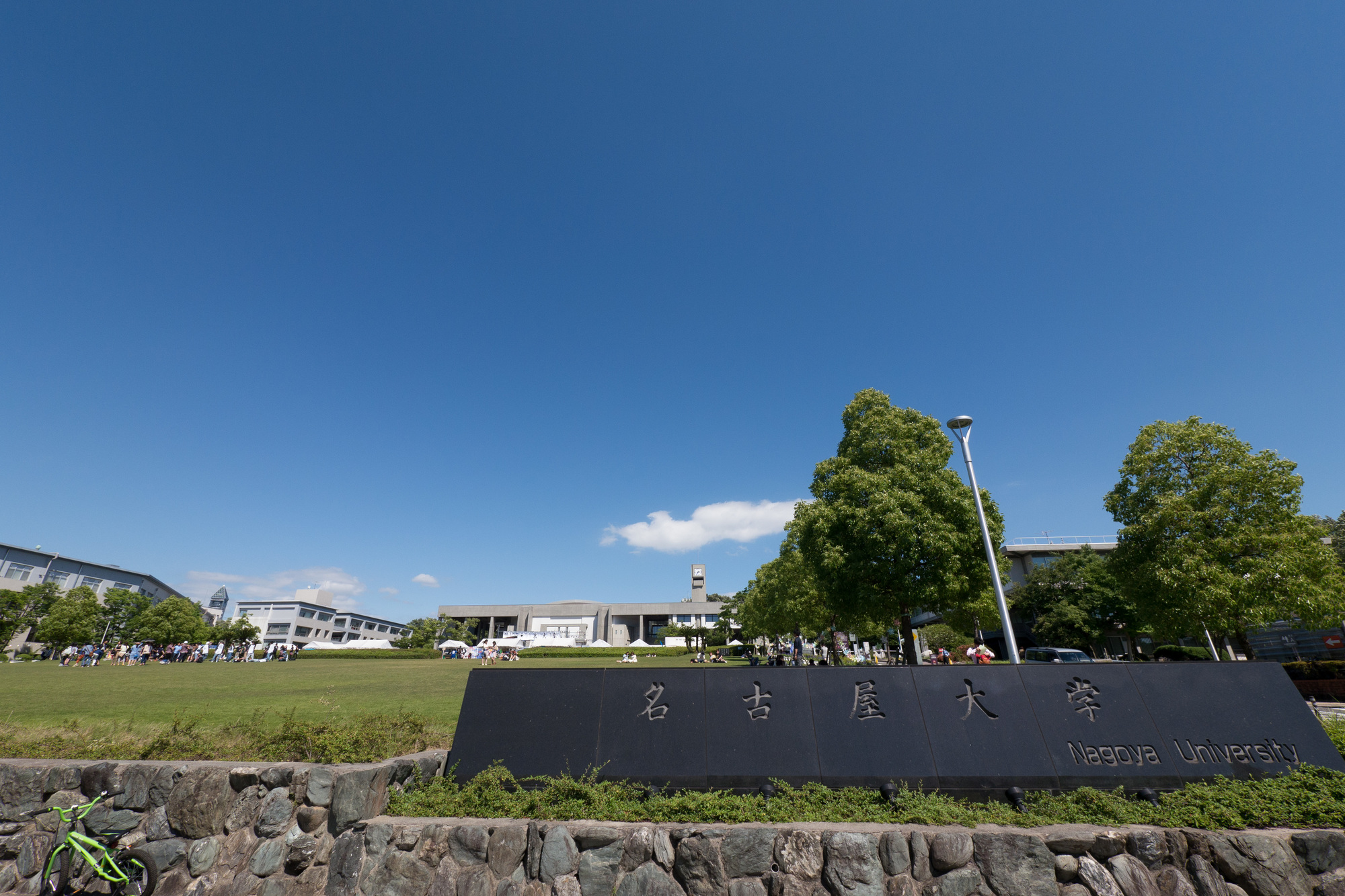A research group led by Researcher Masahiro Yoshimoto of Nagoya University has played an important role in research on the occurrence and linkage of earthquakes in collaboration with the Ecuadorian Geophysical Research Institute, the Columbia Geological Survey, and the Ocean Research and Development Organization. We proposed a new model of large earthquake occurrence in the subduction zone.
A large earthquake may destroy individual areas or may destroy multiple areas in conjunction to form a huge earthquake.The Ecuador-Colombia subduction zone has attracted attention as a typical example of interlocking earthquakes because both cases occurred. In 1906, the largest earthquake on record occurred in this subduction zone.In addition, major earthquakes of magnitude (Mw) 7 second half class occurred in the same area in 1942, 1958, and 1979. The 1906 earthquake was said to have been a huge earthquake (Mw3) that destroyed all three major earthquake areas.
However, the total energy of these three major earthquakes is a fraction of the energy of the 3 megathrust earthquake.Therefore, in the 1906s, a model for the occurrence of large earthquakes was proposed in which simultaneous rupture of multiple seismogenic regions produces more energy than when each region was ruptured alone, which influenced subsequent seismological research.
This time, the research group conducted a seismic wave analysis of the large earthquake (Mw2016) that occurred in the Ecuador-Colombia subduction zone in April 4 and a tsunami analysis of the 7.7 large earthquake.As a result, the 1906 earthquake was not a linked earthquake that destroyed all three earthquake areas and emitted a large amount of energy, but a small-scale earthquake that destroyed the shallower side (trench side) than these three earthquakes (the subduction zone side). It turned out to be Mw1906).As a result, a new model of large earthquake occurrence in this subduction zone, which shows two rupture modes in the direction of the subduction depth, was proposed.
It is expected that the accuracy of tsunami prediction in Japan, which is affected by the accuracy of the epicenter model of large earthquakes in remote areas, will be improved.
Paper information:[Geophysical Research Letters] Depth-dependent rupture mode along the Ecuador-Colombia subduction zone (English)

